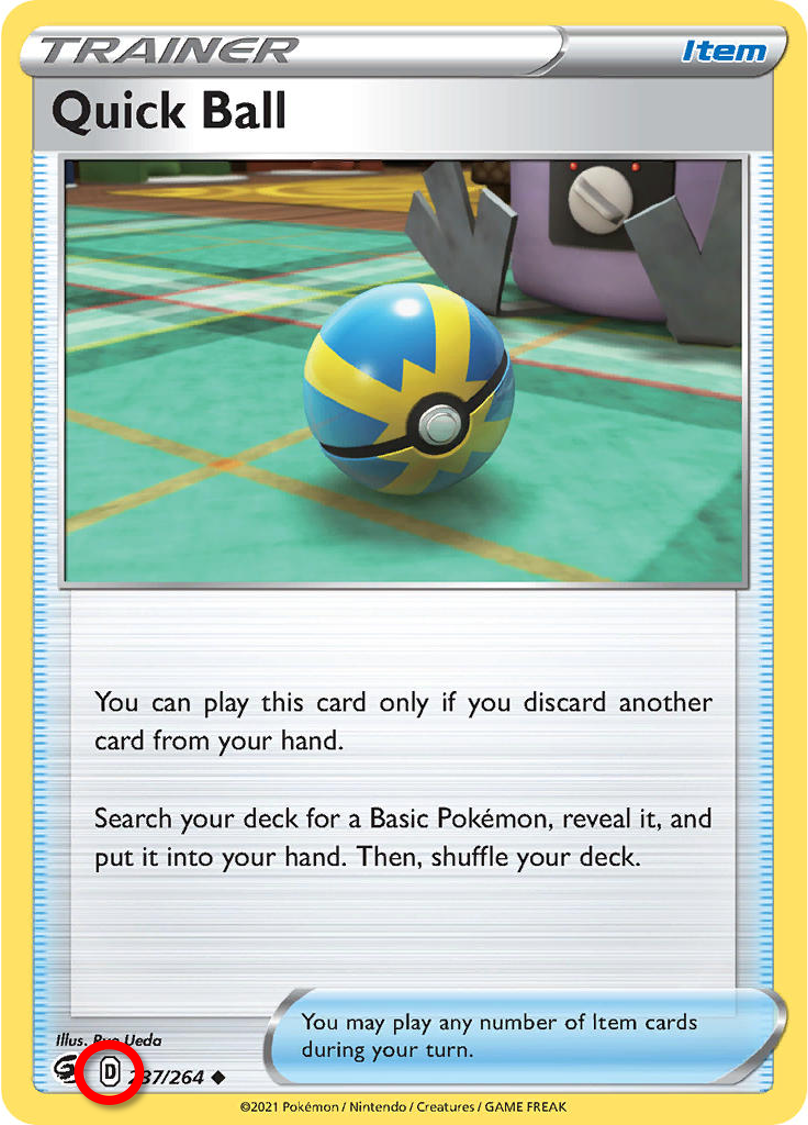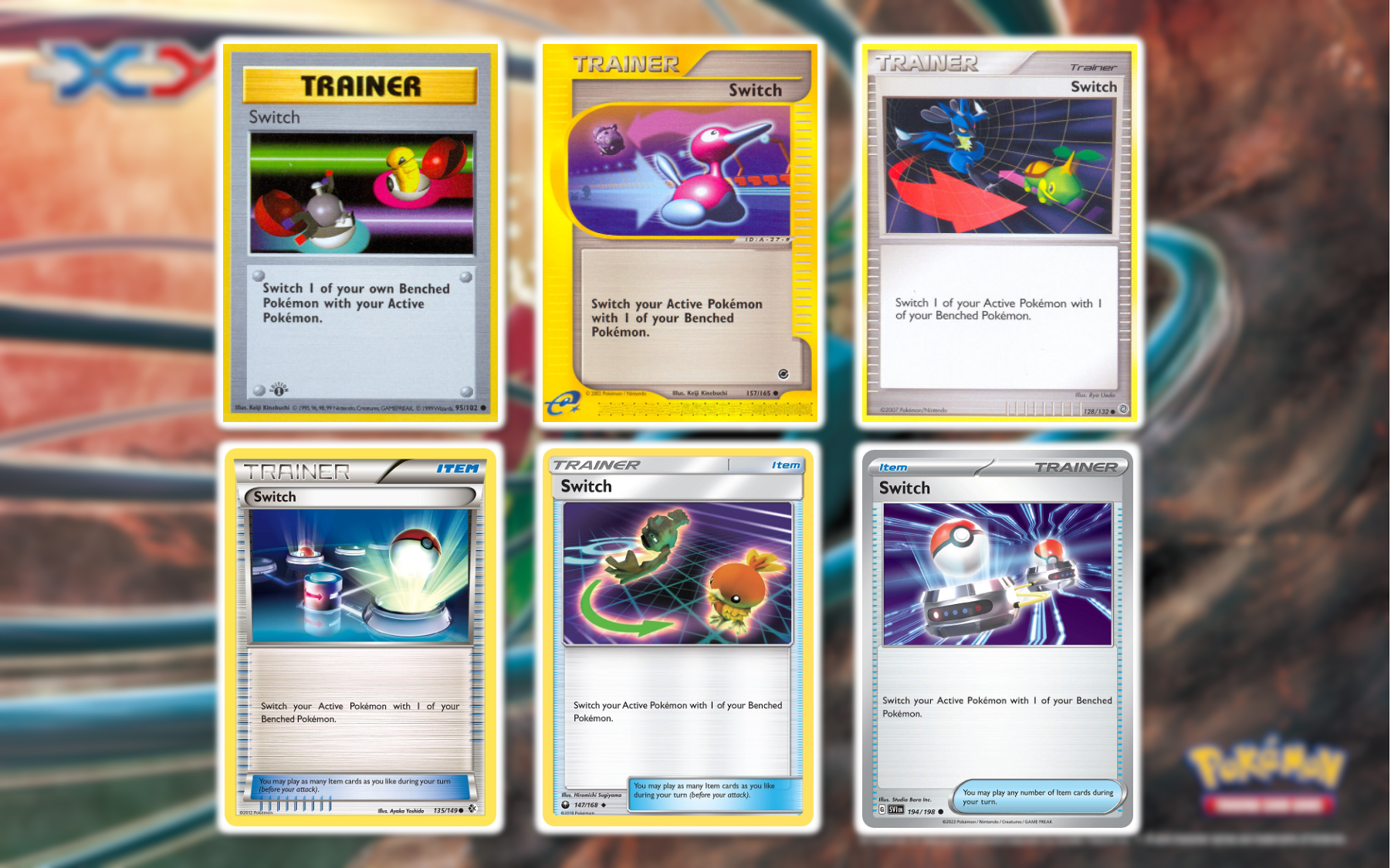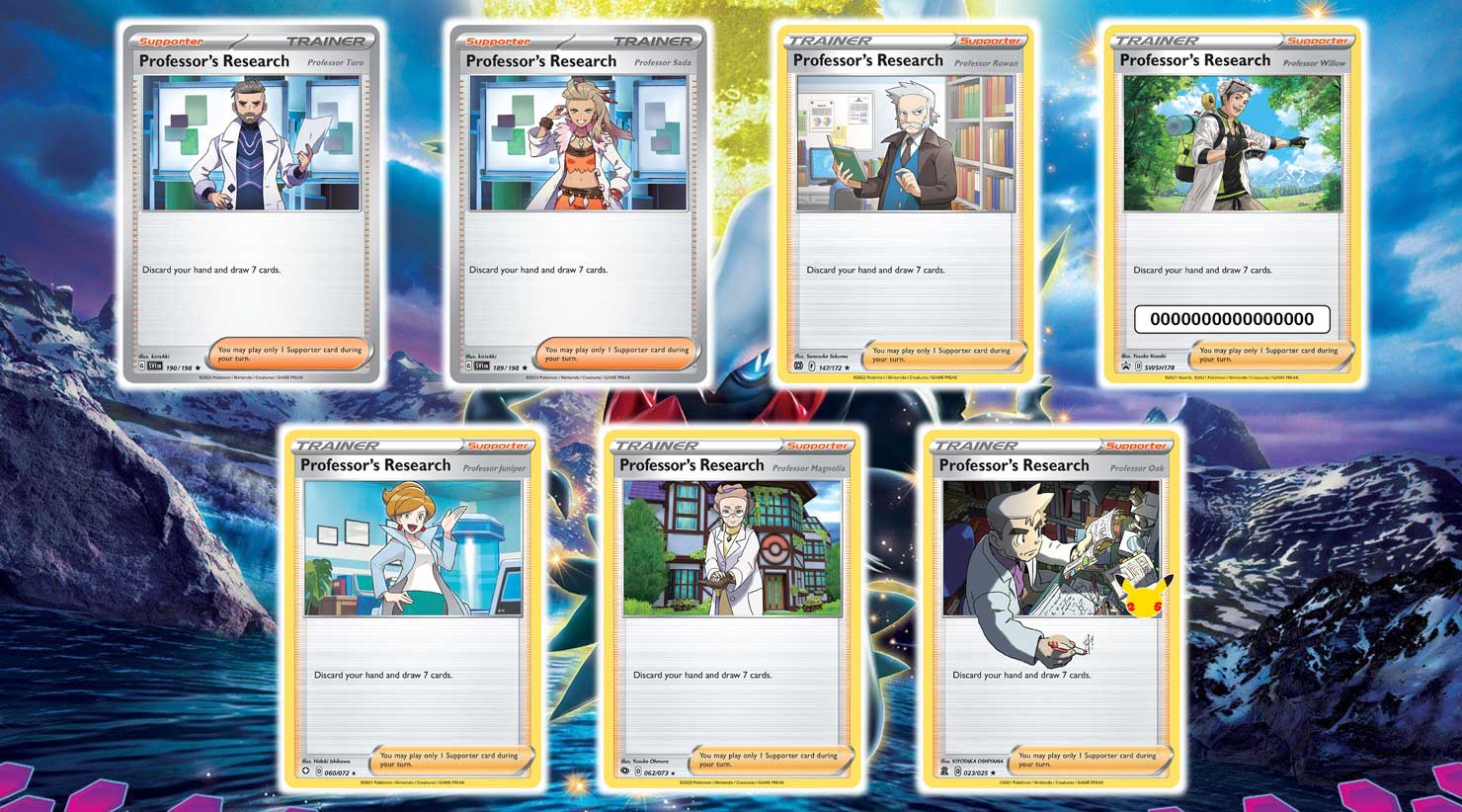Loading...
Products
Magic: The Gathering Line
Products
It’s been almost a month since the post-rotation format became a reality. But for some players, especially new ones, there are still some questions in the air: What cards are legal to play? Should I look at the sets for guidance? What decks can I build? Well, worry not, because in this article you will find all the information you need to play your next tournament with the perfect deck.
Let’s start with the basics. The rotation is an event that happens every year (normally at the beginning of a new season, which tends to be around September) that affects the Standard Pokémon Format. In order to keep a healthy state of the game and to avoid a never-ending card pool, the oldest sets "rotate out", which means they are no longer allowed to be used in competitive play. If you have ever played another TCG, I am sure you are already familiar with this concept, since it is very relevant in other games like Magic: The Gathering as well.
To give you some perspective, there are normally 4 sets that rotate in a normal year, as there's a new set released every 3 months. This of course causes that some cards that were mediocre suddenly become staples and the other way around, so keeping an eye on the rotation is extremely important in order to anticipate trends.
Anyways, let me get back into the topic of discussion. How do I know which sets are legal? Are there any exceptions
The first step you should take before building a deck is to check what the current Standard block looks like. You can go to the official Pokémon website to find out. Until last year, the rotation worked differently. Pokémon would pick a set and all the ones that had been released before would be left out. That is why players refer to formats as "The Sun and Moon-On" format and so on. Now, things are different. In an attempt to unify criteria with Japan, it was decided that instead of dividing cards by sets, they would be divided by blocks.
For the past months, every card has been printed with a regulation mark that appears in the bottom left corner and has a letter. This is an easier way of grouping cards and solves the problem that some players do not know whether a promo card (that is not part of a main set) should be considered legal or not. At the time I am writing this article, the rule states that all cards with the "D" mark need to rotate and that the ones that will be allowed for the 2023 season are the ones that belong to the "E" and "F" blocks. I imagine that for the following year, the "E" block will rotate and so on.

… but there is one exception: Reprints!
Even if players that have been around long enough know about this, I feel it is important to stress it out. You can play cards that have a different regulation mark or that have no mark at all - under one condition: there has to be a printed version of the card with the current regulation. This is what we call a "reprint".
Allow me to give you an example. One of the oldest cards in the entire game is an item named Switch, which has a very simple but powerful effect. Switch was part of the original Base Set expansion back in 1999 (quite some time, huh?) but since it provides an essential ability to players, it has been featured in many, many more sets since then. In fact, I would dare to say that we get a new Switch card every other set. Now, the card effect is still the same and that means that if a player wants to use their 1999 Switch, it is allowed as long as there is a 2023 version of that item. And in case you are wondering, there is!

This is something quite usual that happens to a lot of essential cards like Rare Candy or Boss’s Oders. And speaking about the devil … ugh. I was not planning to go into that direction, but I think I really need to explain this.
… well, actually two: The problem with Supporters
Ok, so here is what happened. Pokémon characters appear in the TCG as cards named Supporters. They have really powerful effects and they are usually fan favorites because who does not like to use a character they love?
Some very format-defining cards have featured, you know, Pokémon villains (the evil bosses from the videogames). The first one I saw was Lyssandre in 2013 when XY came out, which is when I started playing. It had an amazing effect and an incredible artwork. A few years later, with the launch of Sun & Moon, they printed Guzma, who had a very similar effect (both cards allowed the player to select a Pokémon from the opponent bench and put it into the active position). The same thing happened with the good guys, the Pokémon professors. But in this case, they literally had the same wording: discard your hand, draw 7 cards. At first there was some confusion among new players. Can I play 4 copies of Professor Juniper and 4 copies of Professor Sycamore? No, because since they have the same effect they are considered the same card (even if they had different names …).
So, Pokémon decided to simplify things. They kept printing cards like these but now they all share a common name, "Professor’s Research" or "Boss’s Orders", and then a sub-text that specifies who the character is that appears on the card. As such, you might have "Boss’s Orders - Giovanni" and "Boss’s Orders - Cyrus". At the end of the day, you will be allowed to only play 4 copies of each card but you can combine the characters as you want. This is actually very cool and I often like to change my Professor’s Research depending on the type of deck I am playing. For example, the new Professor Sada is so fitting for Lugia since Archeops has a very ancient, prehistoric vibe but Professor Oak seems better for a Blastoise deck, wouldn’t you agree?

And that is all folks! I really hope I have given you some clarity on what to look when you are building a new deck for the format. And of course, if you have some questions you can always reach out to me, my DMs are open. Hope you have a very nice time building your new 2013 strategies and thanks for reading!